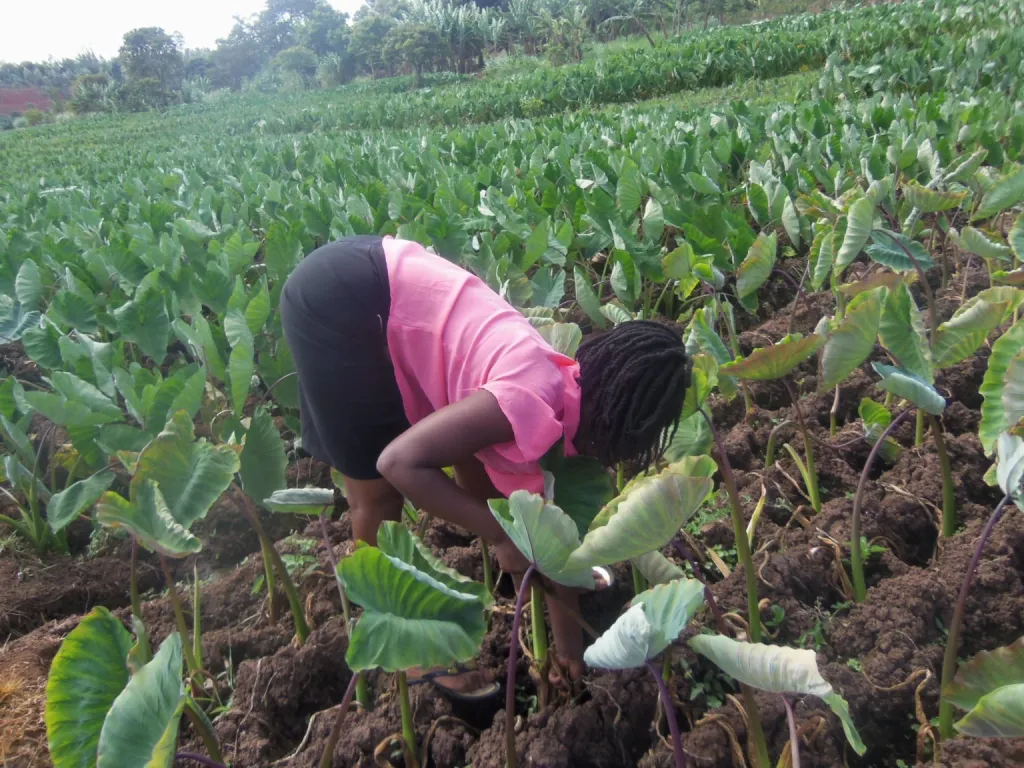At the heart of Kiarangana village in Kirinyaga county lies the farm of Susan Nyawira an arrow root farmer who rakes fortune from the tuber initially grown as a staple food in the Mount Kenya region.
Nyawira has been in the arrow roots farming business for over ten years. She said profits from the business have enabled her to diversify her income sources by venturing into dairy farming and growing bananas.
“I have seen the prices of arrowroots fluctuate over the years, I was patient and stuck it through mainly because the farming process does not require many resources to plant and maintain,” Said Nyawira.
Kate Wambugu: Laikipia Farmer Minting Profits From Apple Farming
On her farm, the land is subdivided into small portions that are planted each at a time to allow constant market supply. The arrow roots take between five and six months to mature.
“Depending on the planting and previous harvesting dates, each portion matures at different times of the year, which is good because that means one can count on having almost certain income spread throughout the year,” added Nyawira.
She harvests between 25 and 35 sacks of arrow roots per portion per harvest and gets between 85,000 to 120,000 in each harvested produce.
According to her, arrowroot grows well in wet clay soil, but they can grow in ordinary soil if water is provided through an irrigation system.
Mildred Adhiambo: Kisumu Farmer Milking Money From Galla Goats
According to agricultural experts, farmers should use organic fertilizer on the crop instead of mineral fertilizers, as well as the use of mulch to reduce tillage times.
“Farmers do not apply pesticides to arrowroots, thus encouraging the diversity of natural enemies and pollinations in the food system,” said Francis Murage, an Agricultural Resource Management expert from the University of Embu.
According to Murage, this type of farming is known as agroecology and has various benefits, which include improving crop productivity and resilience of agroecosystems.
It also minimizes reliance on external inputs and conserves biodiversity and natural resources like soil and water. In addition, agroecology enhances positive ecological interactions and improves the diversity of pollinators and natural enemies of pests.
Did you love the story? You can also share YOUR story and get it published on Bizna Click here to get started.




